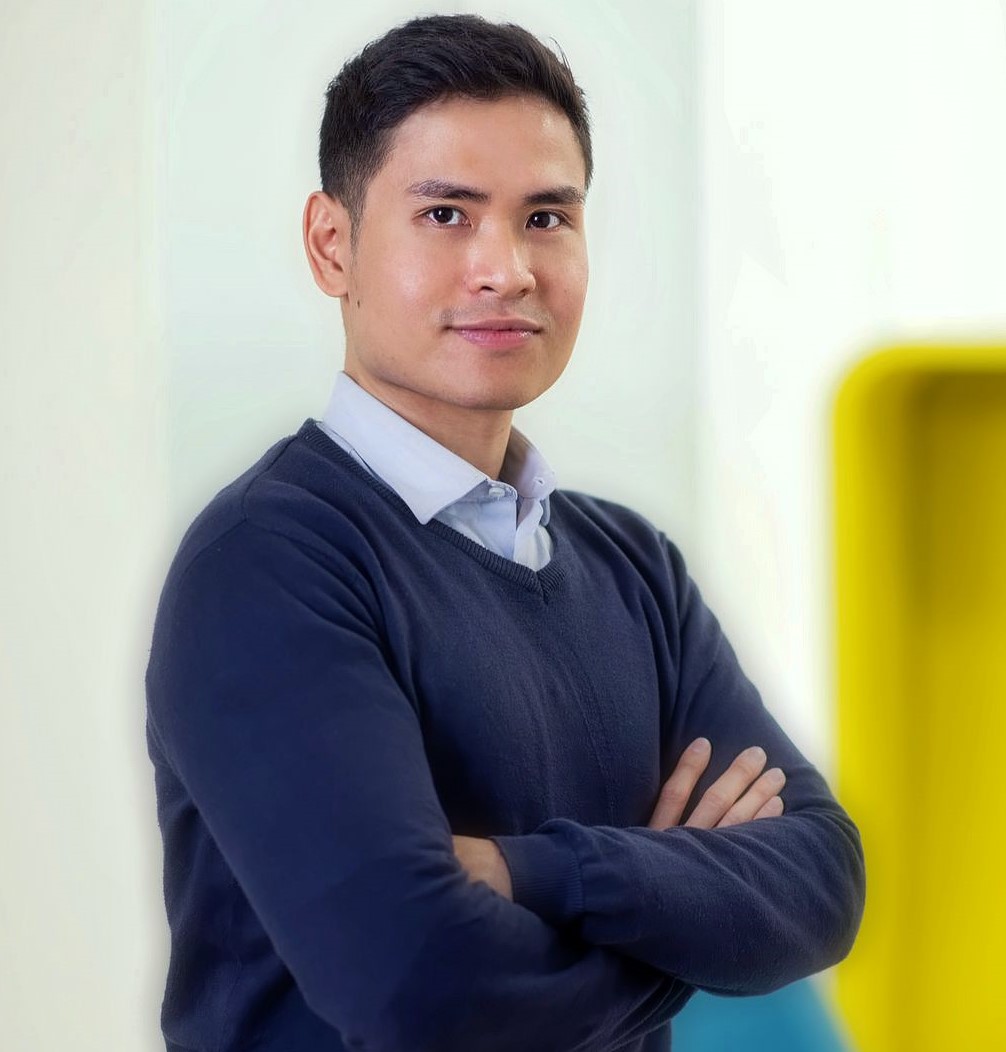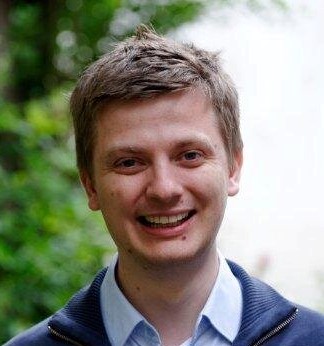The BRAVO workshop presents a unique opportunity for researchers, industry experts, and
policymakers to come together and address the critical challenge of trustworthy validation for
autonomous vehicle systems on open roads.
The advances in artificial intelligence and computer vision propel the rise of highly automated
ADAS and AVs, with the potential to revolutionize transportation
and mobility services. However, deploying data-driven safety-critical systems with limited onboard
resources and enduring guarantees on open roads remains a significant challenge.
To ensure safe deployment, ADAS/AVs must demonstrate the ability to navigate a wide range of driving
conditions, including rare and dangerous situations, severe perturbations, and even adversarial
attacks. Additionally, those capabilities must be ascertained to regulatory bodies, to secure
certification, and to users, to earn their confidence.
The BRAVO workshop seeks to foster collaboration and innovation in developing tools and testbeds for
assessing and enhancing the robustness, generalization power, transparency, and verification of
computer vision models for ADAS/AVs. By working together, we can contribute to a safer, more
efficient, and sustainable future for transportation.
We invite you to join us at the BRAVO workshop to explore solutions and contribute to developing
reliable, robust computer vision for autonomous vehicles. Together, we can shape the future of
transportation, ensuring safety and efficiency for all road users.
Program
All quoted times refer to CEST.
8:45 - 9:00
Opening remarks
9:00 - 9:45
Invited talk #1: “Open-world Scene Understanding with Intuitive Priors” by
Raoul de Charette
9:45 - 10:30
Invited talk #2: “Real World End-to-End Learnt Driving Models — an
Invitation” by Jamie Shotton
10:30 - 11:15
Poster session #1 + Coffee break
11:15 - 12:00
Invited talk #3: “3D Open World: Generalize and Recognize Novelty” by Tatiana
Tommasi
12:00 - 12:45
Invited talk #4: “How to Safely Handle Out-of-Distribution Data in the Open
World: Challenges, Methods, and Path Forward” by Sharon Yixuan Li
12:45 - 13:45
Lunch break
13:45 - 14:15
Spotlight presentations:
GPS-GLASS: Learning Nighttime Semantic Segmentation Using Daytime Video and
GPS data
T-FFTRadNet: Object Detection with Swin Vision Transformers from Raw ADC
Radar Signals
An Empirical Analysis of Range for 3D Object Detection
14:15 - 14:45
BRAVO Challenge
14:45 - 15:30
Invited talk #5: “Fake it till you Make It: Can Synthetic Data Improve Model
Robustness” by Kate Saenko
15:30 - 16:15
Poster session# 2 + Coffee break
16:15 - 17:00
Invited talk #6: “Efficient and Effective Certification for Street Scene
Segmentation” by Mario Fritz
17:00 - 17:45
Panel discussion + Q&A
17:45 - 17:55
Closing remarks
Plase check the conference attendance details in advance, including the room
assignments for the workshops.
Accepted Works
Workshop proceedings at
TheCVF Open
Access,
IEEE Computer
Society,
and IEEE
Xplore.
Poster session #1 (morning):
- A Glimpse at the First Results of the AutoBehave Project: a Multidisciplinary Approach to
Evaluate the Usage of our Travel Time in Self-Driving Cars. Carlos F Crispim-Junior, Romain
Guesdon, Christophe Jallais, Florent Laroche, Stephanie Souche-Le Corvec, Georges Beurier, Xuguang
Wang, Laure Tougne Rodet. (Abstract)
- Anomaly-Aware Semantic Segmentation via Style-Aligned OoD Augmentation. Dan Zhang, Kaspar
Sakmann, William Beluch, Robin Hutmacher, Yumeng Li. (Full
Paper, Poster)
- Camera-Based Road Snow Coverage Estimation. Kai Cordes, Hellward Broszio. (Full
Paper, Poster)
- You Can Have Your Ensemble and Run It Too — Deep Ensembles Spread Over Time. Isak P
Meding, Alexander Bodin, Adam Tonderski, Joakim Johnander, Christoffer Petersson, Lennart Svensson.
(Full
Paper)
- On the Interplay of Convolutional Padding and Adversarial Robustness. Paul Gavrikov, Janis
Keuper. (Full
Paper, Poster)
- Synthetic Dataset Acquisition for a Specific Target Domain. Joshua Niemeijer, Sudhanshu
Mittal, Thomas Brox. (Full
Paper)
- Unsupervised Domain Adaptation for Self-Driving from Past Traversal Features. Travis Zhang,
Katie Z Luo, Cheng Perng Phoo, Yurong You, Mark Campbell, Bharath Hariharan, Kilian Weinberger.
(Full
Paper)
- What Does Really Count? Estimating Relevance of Corner Cases for Semantic Segmentation in
Automated Driving. Jasmin Breitenstein, Florian Heidecker, Maria Lyssenko, Daniel Bogdoll,
Maarten Bieshaar, Marius Zöllner, Bernhard Sick, Tim Fingscheidt. (Full
Paper)
Poster session #2 (afternoon):
- A Subdomain-Specific Knowledge Distillation Method for Unsupervised Domain Adaptation in Adverse
Weather Conditions. Yejin Lee, Gyuwon Choi, Donggon Jang, Daeshik Kim (Abstract, Poster)
- An Empirical Analysis of Range for 3D Object Detection. Neehar Peri, Mengtian Li, Benjamin
Wilson, Yu-Xiong Wang, James Hays, Deva Ramanan. (Full
Paper, Poster)
- Fusing Pseudo Labels with Weak Supervision for Dynamic Traffic Scenarios. Harshith Mohan
Kumar, Sean Lawrence. (Abstract)
- GPS-GLASS: Learning Nighttime Semantic Segmentation Using Daytime Video and GPS data.
Hongjae Lee, Changwoo Han, Jun-Sang Yoo, Seung-Won Jung. (Full
Paper)
- Identifying Systematic Errors in Object Detectors with the SCROD Pipeline. Valentyn
Boreiko, Matthias Hein, Jan Hendrik Metzen. (Full
Paper)
- Introspection of 2D Object Detection using Processed Neural Activation Patterns in Automated
Driving Systems. Hakan Y Yatbaz, Mehrdad Dianati, Konstantinos Koufos, Roger Woodman. (Full
Paper)
- On Offline Evaluation of 3D Object Detection for Autonomous Driving. Tim Schreier, Katrin
Renz, Andreas Geiger, Kashyap Chitta. (Full
Paper)
- Sensitivity analysis of AI-based algorithms for autonomous driving on optical wavefront
aberrations induced by the windshield. Dominik W Wolf, Markus Ulrich, Nikhil Kapoor. (Full
Paper, Poster)
- T-FFTRadNet: Object Detection with Swin Vision Transformers from Raw ADC Radar Signals.
James Giroux, Martin Bouchard, Robert Laganiere. (Full
Paper)
Reviewers
We extend our warmest thanks to the team of reviewers who made this call for contributions possible:
Adrien LafageENSTA
Paris
Alexandre
BoulchValeo.ai
Alexandre
RaméLIP6
Antoine
SaportaMeero
Antonin
VobeckyValeo.ai / CTU, FEE / CIIRC
Arthur
OuaknineMcGill University / Mila
Cédric
RommelValeo.ai
Charles
CorbiereValeo.ai
David
HurychValeo.ai
Dmitry
KanginLancaster University
Eduard
ZamfirUniversity of Wurzburg
Emanuel
AldeaParis-Saclay University
Emilie
WirbelNvidia
Fabio
ArnezUniversité Paris-Saclay, CEA, List
Fabio
PizzatiUniversity of Oxford
Fredrik
GustafssonUppsala University
Himalaya
JainHelsing
Krzysztof
LisEPFL
Loïck
ChambonValeo.ai
Matej
GrcićUniversity of Zagreb
Matthieu
CordValeo.ai / Sorbonne University
Maximilian
JaritzAmazon
Mickael
ChenValeo.ai
Nazir NayalKoç
University
Olivier
LaurentUniversité Paris-Saclay
Oriane
SiméoniValeo.ai
Patrick
PérezValeo.ai
Pau de Jorge
ArandaUniversity of Oxford
Raffaello
CamorianoPolitecnico di Torino
Raoul de
CharetteInria
Renaud
MarletValeo.ai / École des Ponts ParisTech
Riccardo VolpiNaver
Labs
Spyros
GidarisValeo.ai
Suha
KwakPOSTECH
...and three other reviewers who preferred to remain anonymous.
Call for Contributions
We invite participants to submit their work to the BRAVO Workshop as full papers or extended abstracts.
Full-Paper Submissions
Full papers must present original research, not published elsewhere, and follow the ICCV
main conference format with a length of 4 to 8 pages (extra pages with references only are
allowed). Supplemental materials are not allowed. Accepted full papers will be included in the
conference proceedings.
Extended Abstract Submissions
We welcome extended abstracts, which may serve works of a more speculative or preliminary nature that may
not be fit for a full-length paper. Authors are also welcome to submit extended abstracts for previously
or concomitantly published works that could foster the workshop objectives.
Extended abstracts must have no more than 1000 words, in addition to a single illustration and
references. We suggest authors use the extended
abstract template provided.
Accepted extended abstracts will be presented without inclusion in the proceedings.
Topics of Interest
The workshop welcomes submissions on all topics related to robustness, generalization, transparency, and
verification of computer vision for autonomous driving systems. Topics of interest include but are not
limited to:
- Robustness & Domain Generalization
- Domain Adaptation & Shift
- Long-tail Recognition
- Perception in Adverse Conditions
- Out-of-distribution Detection
- Applications of Uncertainty Quantification
- Monitoring, Failure Prediction & Anomaly Detection
- Confidence Calibration
- Image Enhancement Techniques
Guidelines
All submissions must be made through the CMT system, before the deadline.
The BRAVO Workshop reviewing is double-blind. Authors of all submissions must
follow the main
conference policy on anonymity. We encourage authors to follow the ICCV 2023 Suggested Practices for Authors, except in what concerns supplemental
material, which is not allowed.
While we encourage reproducibility, we welcome preliminary/speculative works where source codes or data
might need more time until broad disclosure. We still expect evidence of ethics clearance if the
submission uses novel data sources from human subjects.
BRAVO Workshop reviewers must follow the ICCV 2023 Ethics Guidelines for Reviewers. We encourage reviewers to follow the
ICCV 2023
Reviewer Guidelines, and Tips to Write Good Reviews.
Camera-ready instructions
The submission guidelines are detailed here.
Posters
We will organize two poster sessions, in the morning and afternoon, inside the workshop room. All
accepted works will be assigned to one of the poster sessions, including those selected for the oral
spotlights.
The poster size for workshops differs from the main conference's. The panel
size will be 95.4 cm wide x 138.8 cm tall (aspect ratio 0.69:1). A0 paper in portrait orientation will fit
the panel with some margin.
The ICCV organizers partnered with an on-site printing service from which you may collect your printed
poster: more information at the
main conference attendance info site.
Important Dates
2023-07-20 Thu
Contributed submissions deadline (23:59 GMT)
2023-08-03 Thu
Acceptance of contributions announced to authors
2023-08-20 Sun
Full-paper camera-ready submission deadline
2023-09-15 Fri
Extended-abstract final-version submission deadline
2023-10-03 Tue
Workshop day (full day)
Original photo by Kai Gradert on Unsplash, modified to illustrate stable diffusion augmentations.













